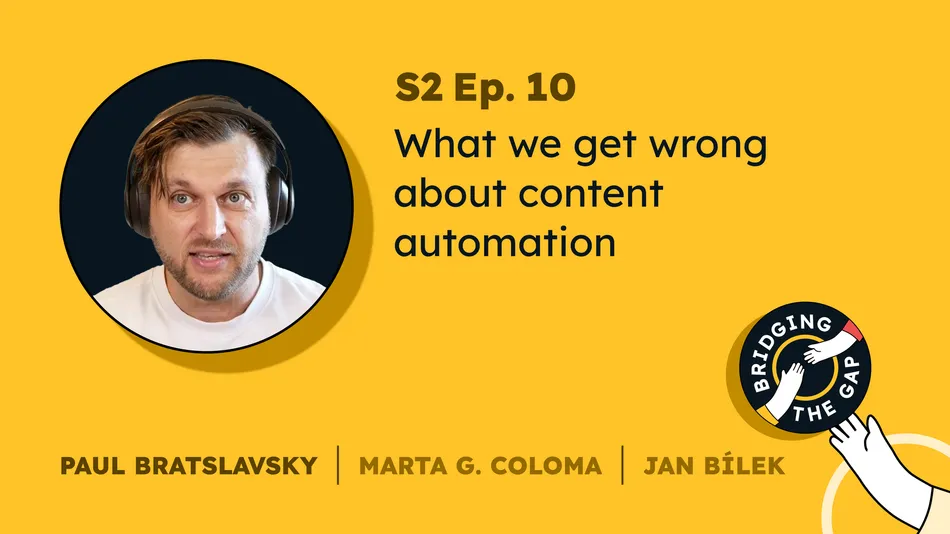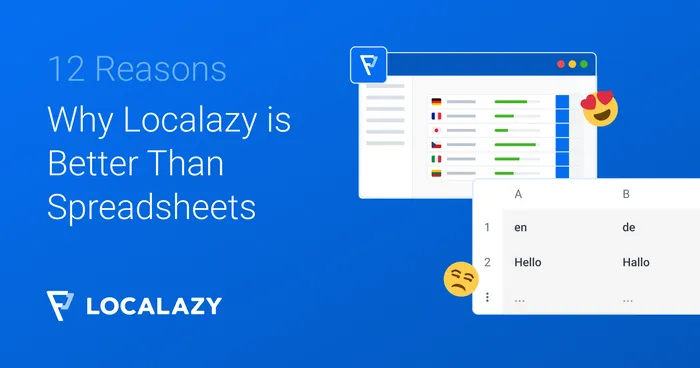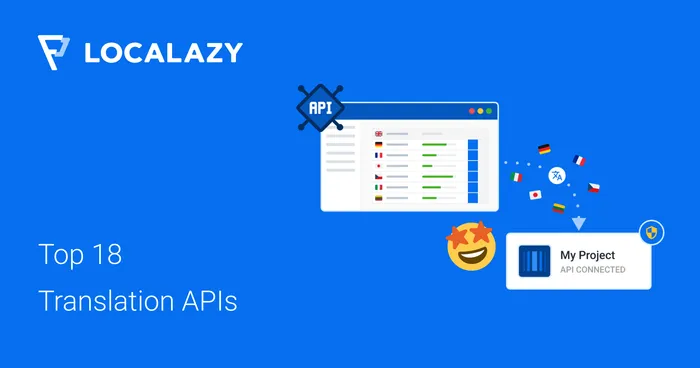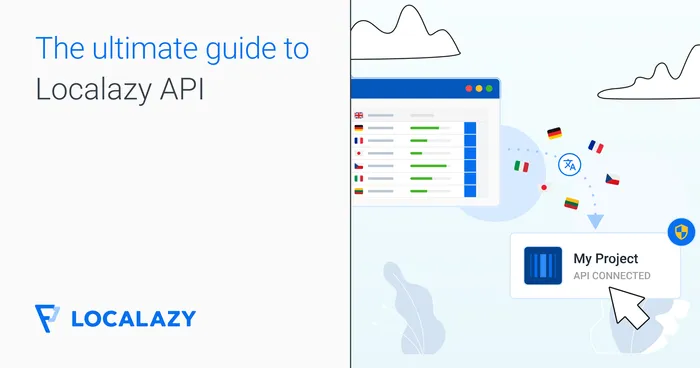The right tools can help you publish more content faster and work more efficiently. But if you sacrifice your message in the process, what’s the point? That’s the question Paul Bratslavsky, Developer Advocate at Strapi, keeps pushing teams to ask.
In the final episode of Bridging the Gap Season 2, Paul joins Marta G. Coloma and Jan Bílek to talk about what good automation actually looks like — the kind that supports creativity rather than stripping it out. They get into workflows, formats, and translation decisions that still leave room for the human touch. Before you hit play, here’s a quick look at what they covered.
📝 The highlights 🔗
Automation isn’t about replacing people 🔗
This might sound obvious, but many teams still hesitate to adopt automation because they think it’s a slippery slope to layoffs. Paul pushes back on that fear. The real power of automation, he says, is in helping people do more of what they’re good at faster. At Strapi, that means automating tasks like structuring transcripts into outlines, so team members can focus on writing, editing, and connecting with audiences.
Start with tools that already exist 🔗
Paul’s advice? Don’t try to build everything from scratch. Instead, start with platforms like AirOps and n8n, which offer powerful integrations out of the box. Strapi uses these tools to automate parts of their content pipeline, such as repurposing videos into blog posts or generating headline options for SEO testing. These flows give teams a head start without locking them into rigid templates.
Automated content still needs a human 🔗
Even when the workflows are smart, people still need to guide the outcome. At Strapi, automation creates the scaffolding, but humans bring the context, nuance, and quality. This includes tweaking AI-generated outlines, reviewing translations, or rewording sections of their texts to make sure that automation helps them create more efficiently, rather than turn their content into something generic.
🌟 Star quote 🔗
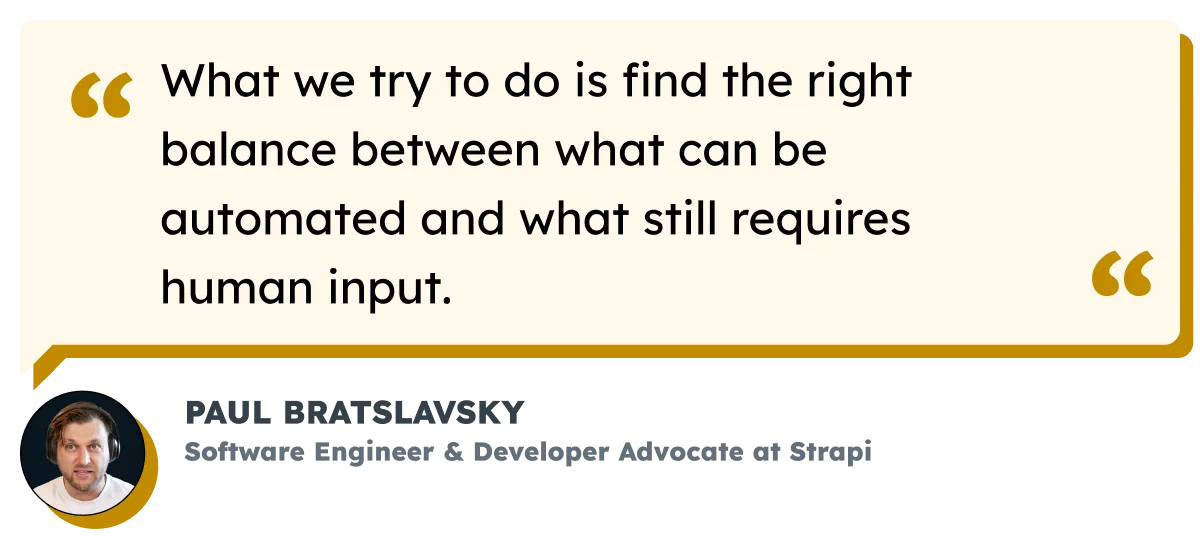
🎙️ Watch & listen 🔗
YouTube 🔗
Spotify 🔗
🗞️ Additional resources 🔗
- The Real Product Work by Jan Bílek
- Paul's YouTube channel
- Blog articles about Strapi
- Documentation: Strapi plugin by Localazy
📹 Related episodes 🔗
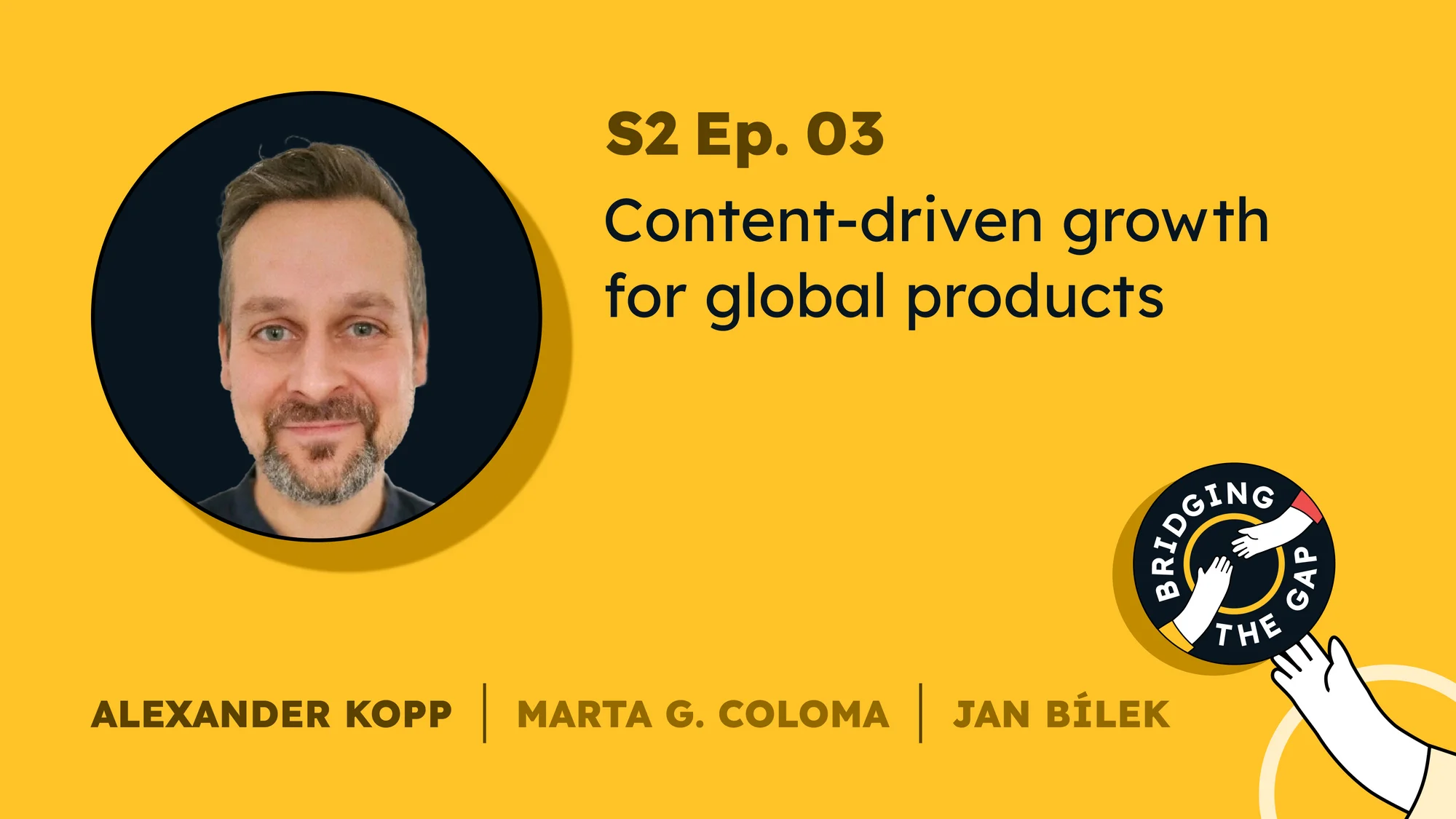
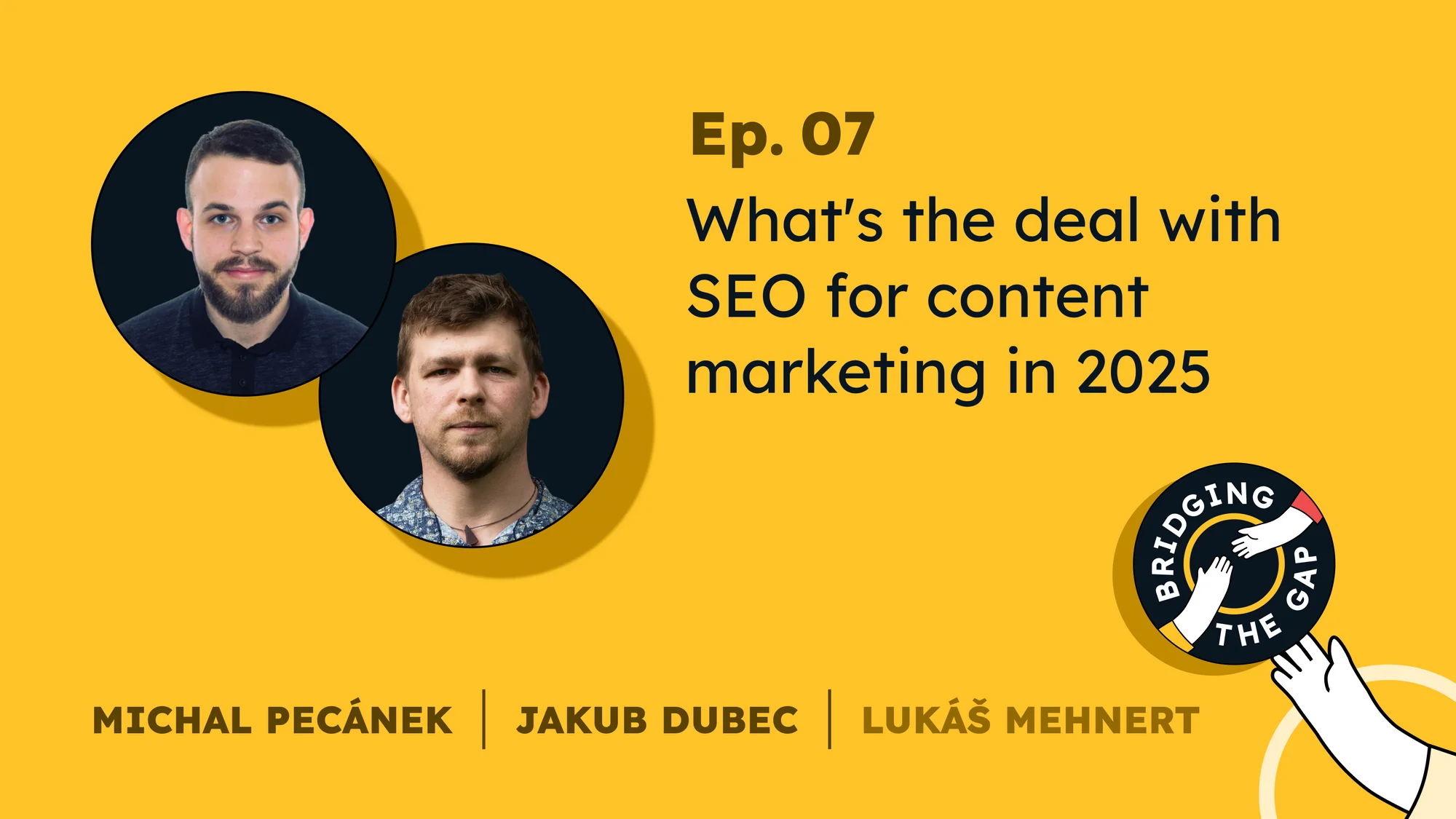
💬 Connect with the guest & hosts 🔗
📚 More on the blog 🔗
When content constantly evolves, new features, interface tweaks, updated copy, and localization can become a bottleneck. Automating the translation process helps in reducing friction across teams, avoiding delays in release cycles, and making updates feel meaningful and smooth to the end user.
If you’re wondering how to build an automation flow that keeps up with change, this guide breaks it down with real CLI-based examples and setup tips using Localazy:
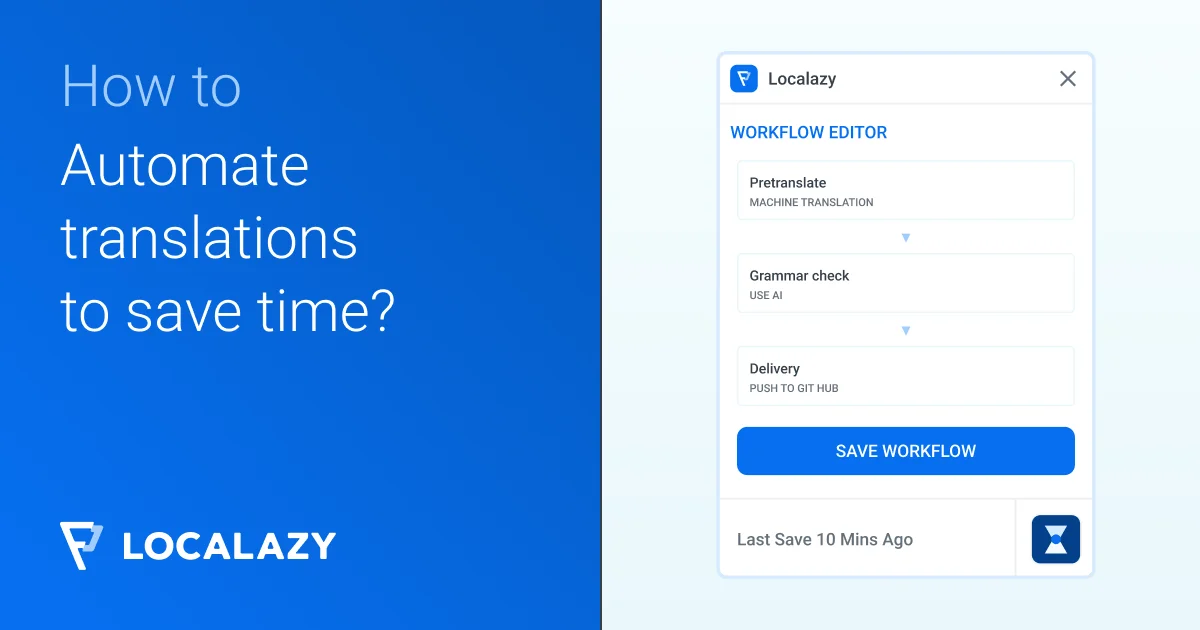
Plus, if you are a Strapi user, check out how you can sync your content and make it multiligual with the Localazy Strapi plugin:
🚀 About Localazy 🔗
As Paul said, we shouldn't aim to automate everything but to automate the right things, so your team can focus on the parts that need a human touch. That’s where Localazy comes in.
From CLI-powered workflows to human-in-the-loop review systems, Localazy gives you the control to scale multilingual content without sacrificing quality. It’s not about removing humans but about building a system that supports them. Start using Localazy, and localize with smart localization workflows here.
